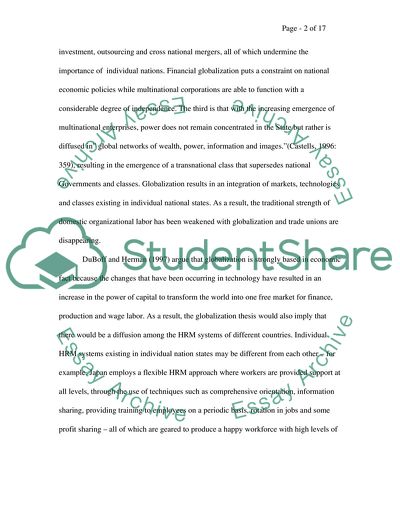Cite this document
(HRM Systems in the Developed and Developing Countries Assignment, n.d.)
HRM Systems in the Developed and Developing Countries Assignment. Retrieved from https://studentshare.org/social-science/1708216-hrm-international-business
HRM Systems in the Developed and Developing Countries Assignment. Retrieved from https://studentshare.org/social-science/1708216-hrm-international-business
(HRM Systems in the Developed and Developing Countries Assignment)
HRM Systems in the Developed and Developing Countries Assignment. https://studentshare.org/social-science/1708216-hrm-international-business.
HRM Systems in the Developed and Developing Countries Assignment. https://studentshare.org/social-science/1708216-hrm-international-business.
“HRM Systems in the Developed and Developing Countries Assignment”, n.d. https://studentshare.org/social-science/1708216-hrm-international-business.


